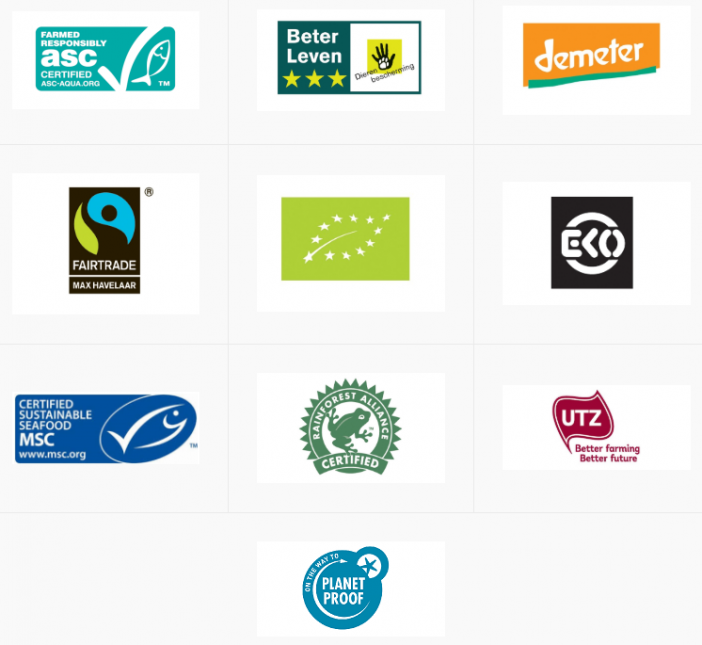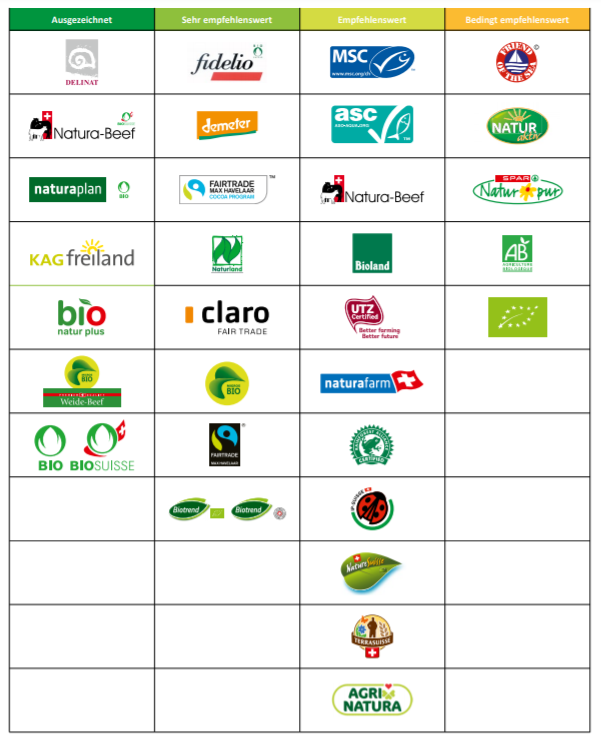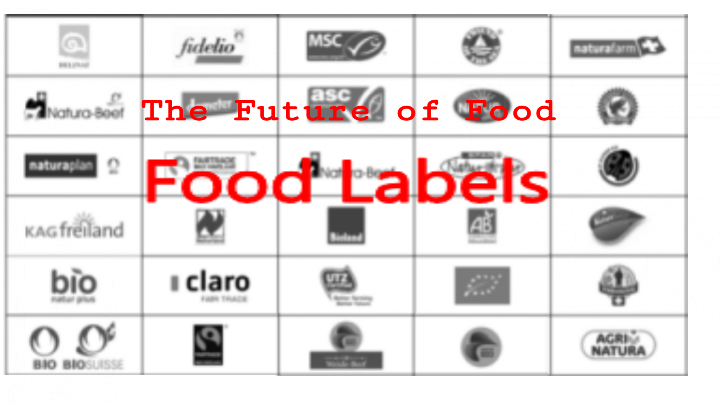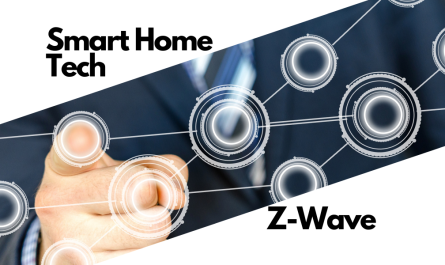In order for consumers to identify food products, their standards of production, what is really inside them, or where they come from, food producers or retailers try to make it easier for us by labeling them. Going back to the demand for sustainable food, transparency would obviously be needed here, but not only from a sustainable point of view, but also if we as consumers would want to eat healthy or healthier food (e.g. Bio).
There is rising demand on sustainable products as we saw on my blog post regarding demand and consumption. But for a lot of us price, quality, previous experience (taste) or image of the brand are still big factors when it comes to the decision-making process of what food we choose. Still, sustainable trustworthy labels can make a difference when choosing from two or three different products of similar prices.
Milieu Centraal from the Netherlands is dedicated to inform about sustainable living, it distinguishes itself with independent, reliable and practical information. It gives you practical guides and sustainable tips and advice based on (scientific) research and it is not tied to commercial interests.
They have gathered information and research on “top marks” which are supposed to be the benchmark of food labels.
Top labels are front runners among the labels on food. They make the highest demands in the field of environment, animal welfare and people & work. This does not mean that all products with one or more top quality marks are 100% sustainable. By buying these products, you contribute to the process towards a more sustainable food chain.
Top quality mark requirements
A top-quality mark meets 3 requirements:
- It is ambitious (strict): the requirements for the environment, animal welfare and / or people & work go much further than average (which is ‘normal’ in the industry). A top-quality mark achieves a score of 4 or 5 in one of these sustainability areas.
- It is transparent: the requirements are easy to find on the website and are concrete. The information about the quality mark is also easy to understand. In short: you know what the quality mark stands for. A top-quality mark has a score of 4 or 5.
- It is reliable and involved: there is independent control, preferably by an organization approved by the Dutch Accreditation Council (or a comparable foreign institution). Or the quality mark is a member of ISEAL (the global membership association of sustainability standards systems). There are sanctions if the user of the quality mark does not meet the requirements and an annual report of the sustainability performance is reported. Required score: 4 or 5.
These are the “top marks” that made it to the top 10:
In 2015 a comprehensive evaluation of the 31 most important food labels available on the Swiss market was carried out by Pusch, WWF Switzerland, Helvetas and the Foundation for Consumer Protection SKS.
The guidelines, directives and other official documents of the label organisations were evaluated in the following areas:
- Environment (water, soil, climate, biodiversity)
- Social aspects
- Animal Welfare
- Management
- Processes & Control
The implementation of the label guidelines in practice, the content requirements of the labels with regard to environmental and social issues as well as transparency, independence and control mechanisms were assessed. It is encouraging to note that half of all the labels assessed came out with “excellent” or “highly recommended”.

Although the evaluation needs an urgent update, it gives consumers a guideline from choosing a between a product with one of these labels or one without. You can find a summary of the report here or the complete report here, both in German, so good luck with that.
A really good website (up to date!) if you want to know what is behind a label is labelinfo.ch. Labelinfo.ch is an information center for environmental and social labels and has been run by the Pusch Foundation since 2001. The service currently offers information on 135 quality labels and 19 declarations in German and French, making it by far the most comprehensive label database in Switzerland. Labelinfo.ch helps to ensure that the economy and consumers are objectively informed about labels and can thus make their consumption more responsible.
WWF Switzerland has launched an app (android & ios) to help consumers in this regard. The WWF-Ratgeber-App aims to helps consumers in everyday life and is equipped with shopping guides, practical environmental tips and a Footprint calculator that are waiting for you to provide answers to these questions:
- Which fruits or vegetables are in season?
- Which species and fishing methods are recommended?
- What do the various labels guarantee in detail?
- Which souvenirs can I take home?
- How many planets does your lifestyle consume?
- How can you make your everyday life more conscious and sustainable?
Why are such labels important? Well, so that consumers can make informed and conscious decisions of what they are buying. And perhaps consumers do choose wisely, if their wallets allow it, and they can take part into shifting our future into a more sustainable one.



